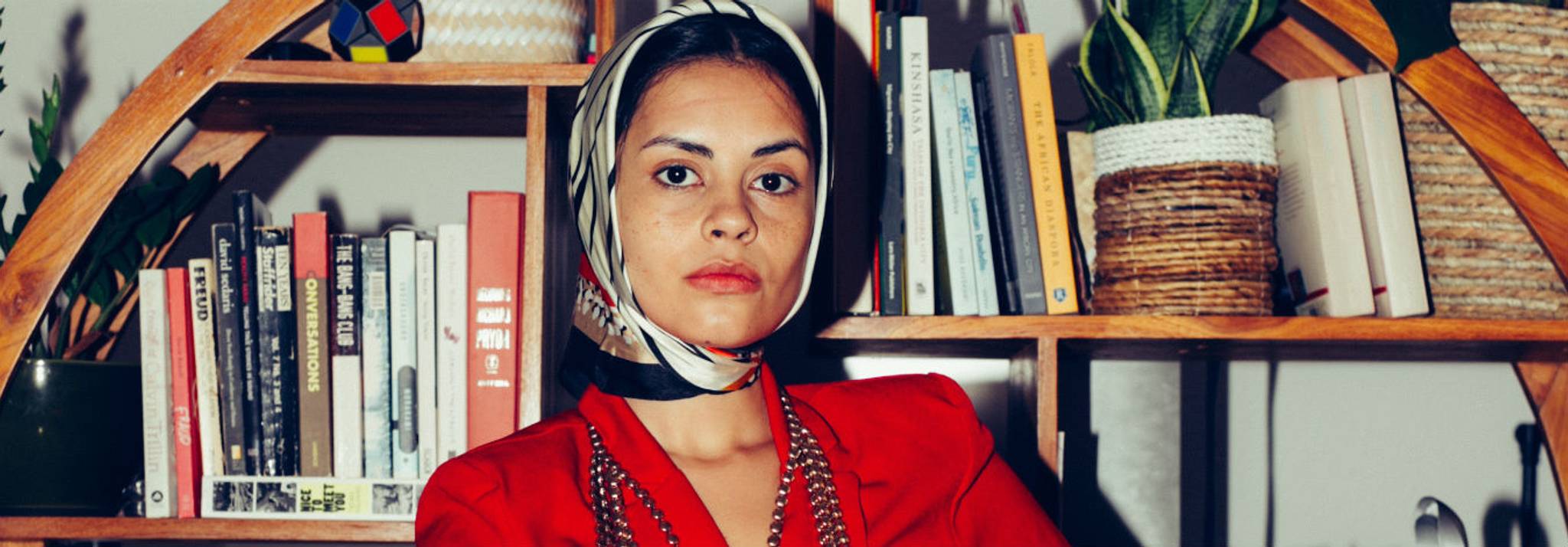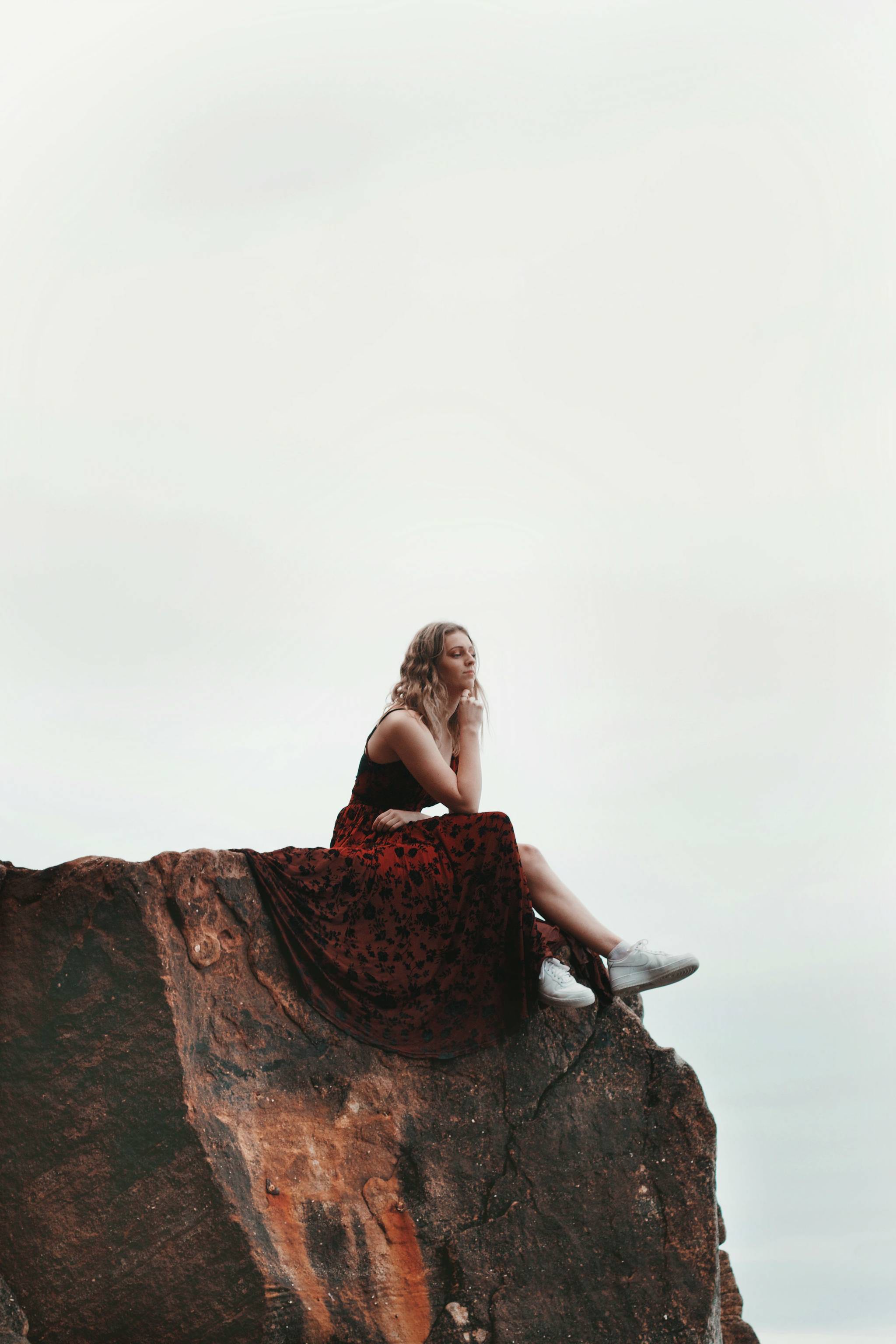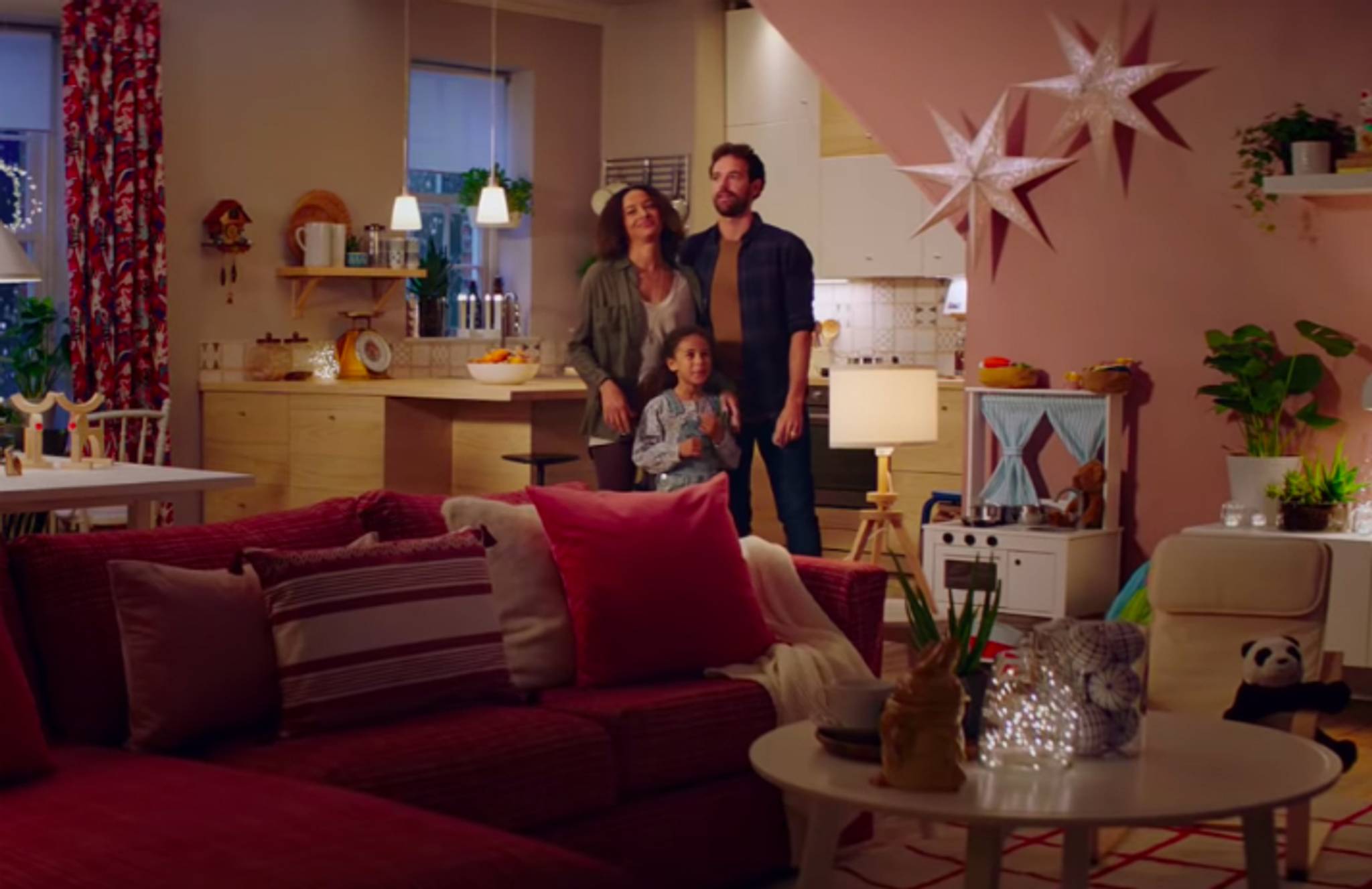
Tired of the unattainable minimalist aesthetic that's long dominated social media imagery thanks to figures like Marie Kondo, young people are embracing clutter. They’re reframing 'stuff' as something that's human, comforting, and meaningful, instead of something to be rejected or discarded. We explore the insights behind this and what it means about people's views on the home.
More people are embracing the reality of unmade beds, scattered clothing, and sentimental trinkets on tabletops. Rather than defining this look as ‘messy’, they’ve renamed it cluttercore: an anti-minimalist aesthetic that’s flooding TikTok. ‘Cluttercore’ was coined by a TikToker named @mDugy, also known as Micah, and the hashtag has more than 900K views on the app.
“I really have always been a fan of Victorian and Edwardian decorating styles, as well as Art Deco and mid-century modern styles, and that’s really where most of the inspiration for my personal brand of cluttercore comes from,” Micah told i-D. “Something about rooms that have pictures and paintings on the walls, books stacked, knick-knacks on the surfaces. It just gives a space a sense of security and cosiness.”
Marie Kondo’s influence on home styling and design arguably made people reach peak minimalism. Now, they’re rebelling. While the average American adult spends $91.14 monthly to keep things in storage and ‘declutter’ their homes, younger generations are embracing their jumbled, honest reality - one that brands have an opportunity to tap into.
“Cluttercore can serve as a rejection of modernism and even mainstream interior design, and by extension minimalism,” says Micah. Fellow Cluttercore advocate Amanda also sees the movement as a form of self-expression: “To me, it’s about maximising your space and creating an organised mess where you can let your creativity flow. Having weird knick-knacks and other items I’ve collected is one of my main motivations to even create and make art on a daily basis”.
Ope Oduwole is a junior behavioural analyst at Canvas8. He has a BA from the University of Nottingham and leans on the inquisitive nature of his studies. With an avid interest in all things creative, if he’s not at a concert or poetry reading, he’s buried inside a book with a cup of green tea.



